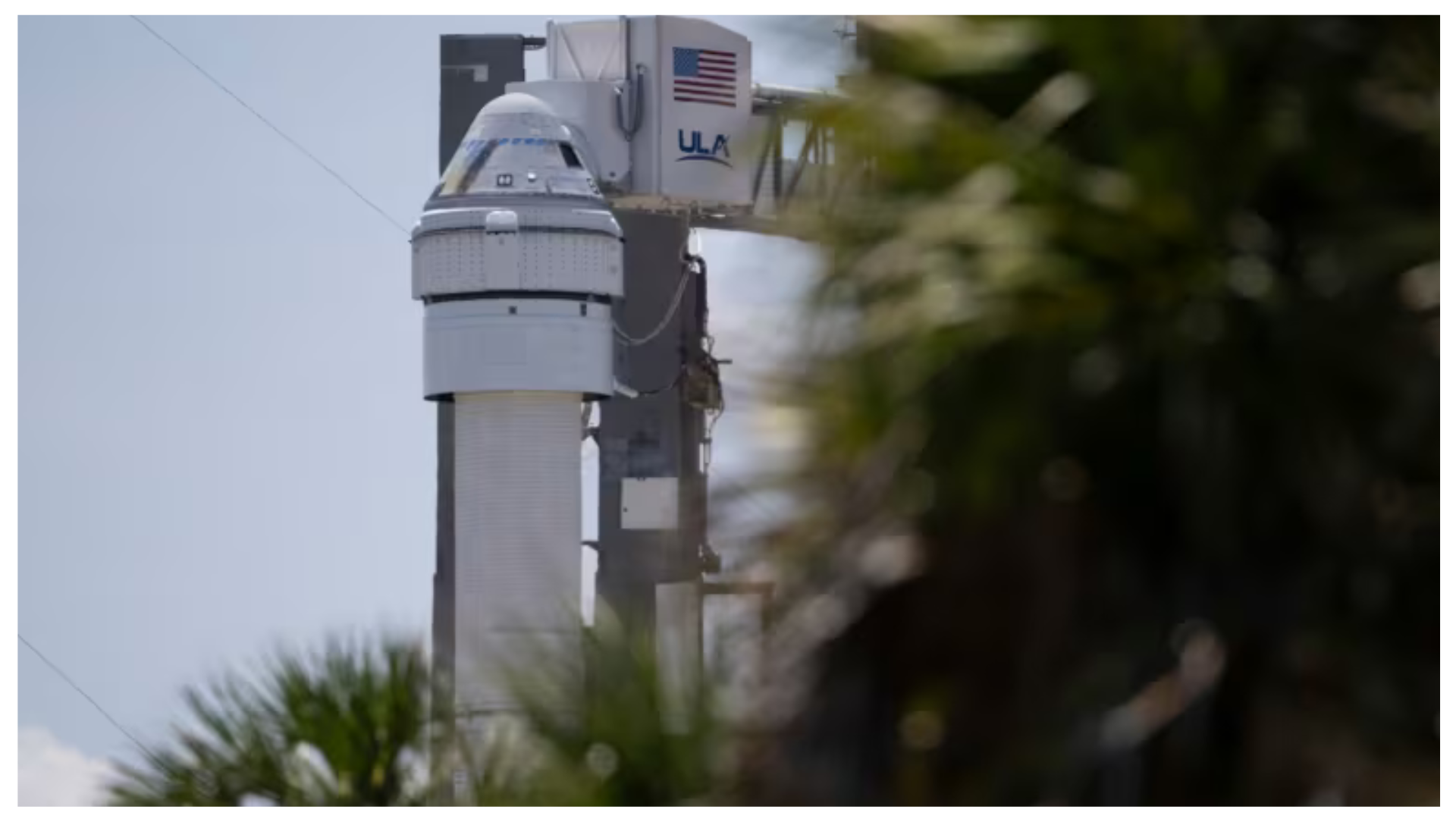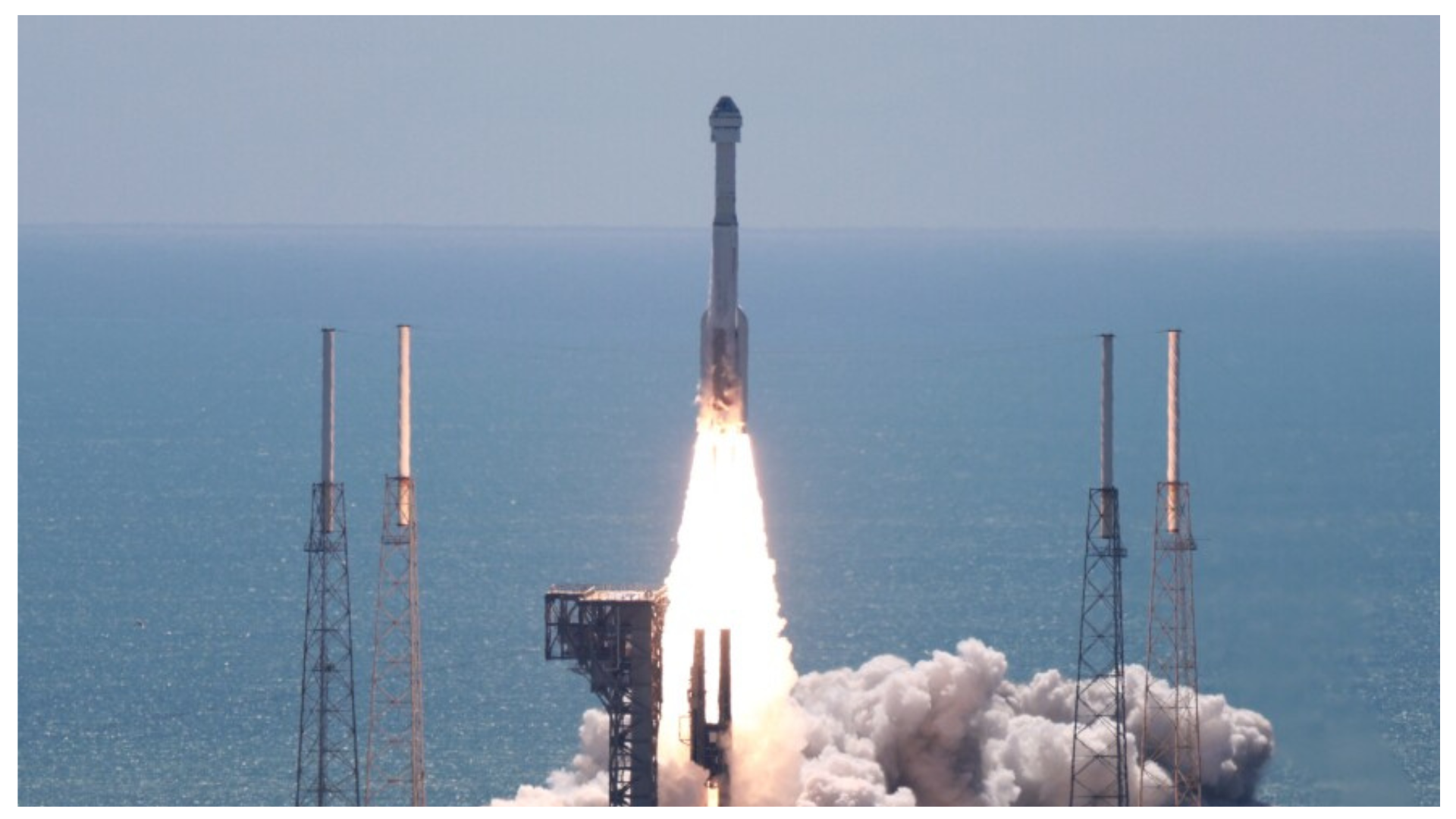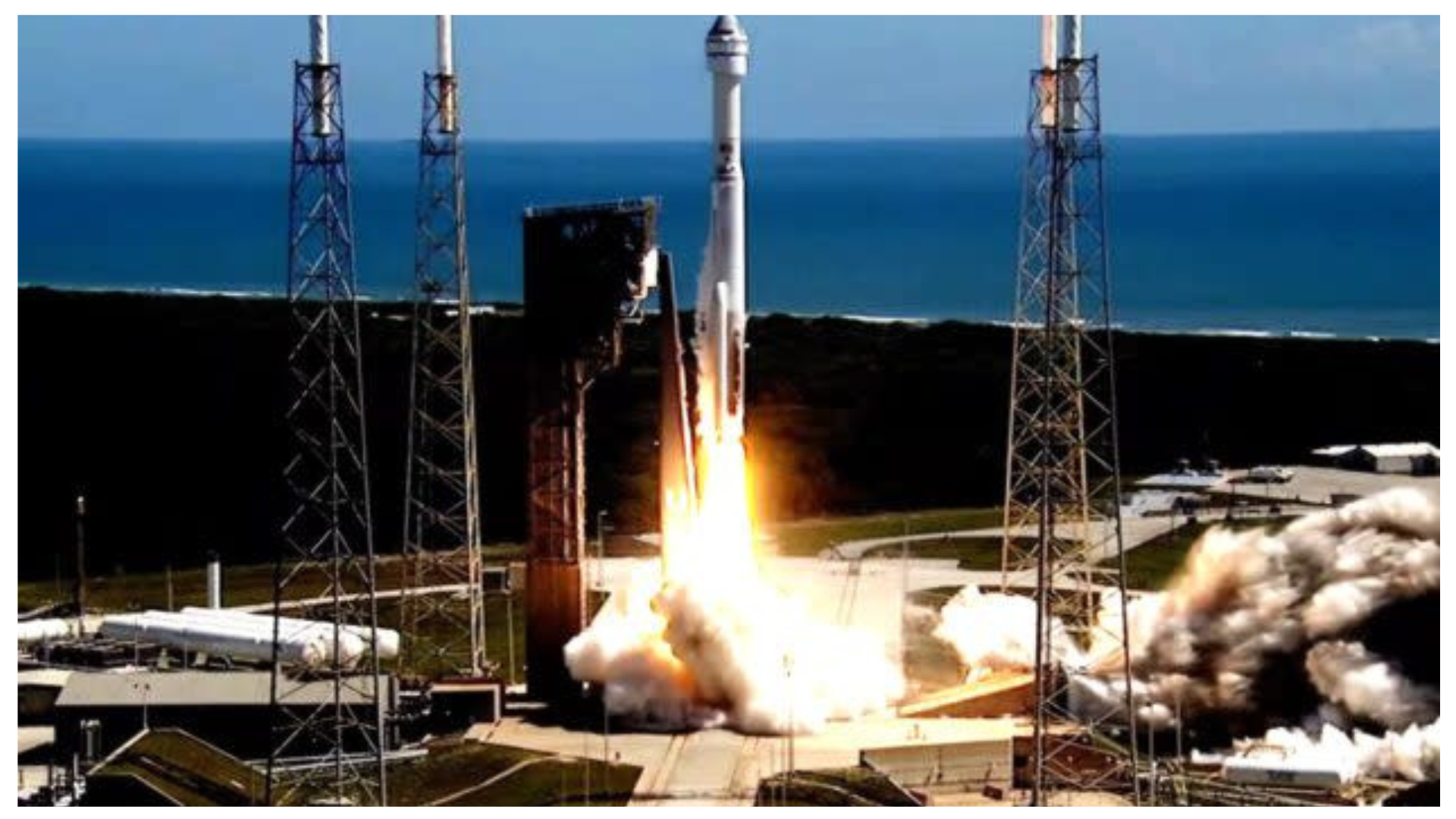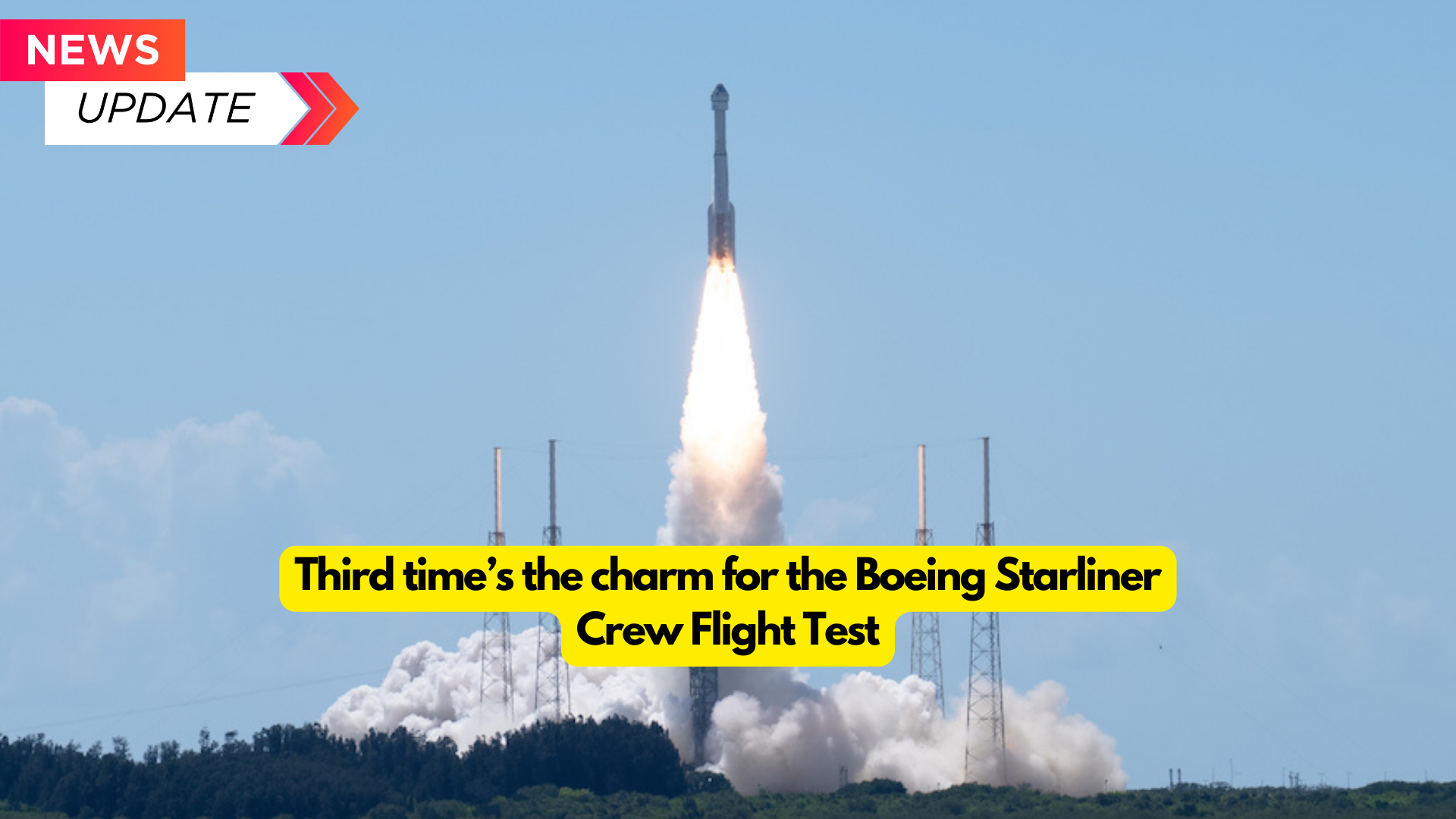Update: June 5, 12:06 p.m. The Boeing Starliner spacecraft successfully detached from the Centaur top stage of the Atlas 5 rocket. The spacecraft performed its orbital insertion burn and then circularized its orbit.
The first crewed flight of Boeing’s Starliner spaceship was successful on the third attempt. After two unsuccessful launches on May 6 and June 1, the Atlas 5 rocket rocketed off pad 41 at Cape Canaveral Space Force Station, kicking off a more than week-long mission for NASA astronauts Butch Wilmore and Suni Williams.
Liftoff occurred on June 5 at 10:52 a.m. EDT (1452 UTC), marking the first crewed flight of Boeing’s Starliner spaceship following years of delays and disappointments.
The spacecraft successfully completed its orbital insertion fire about 31 minutes into flight before circularizing its orbit with another burn at T+1 hour and 15 minutes into the mission.

“Two bold NASA astronauts are well on their way on this historic first test flight of a brand-new spacecraft,” said NASA Administrator Bill Nelson in a statement. “Boeing’s Starliner represents a new era of American exploration. Human spaceflight is a risky endeavor, but it is worth it. It is an exciting time for NASA, our commercial partners, and the future of space exploration. “Go Starliner, Butch, and Suni!”
The Wednesday morning launch followed the most recent scrub caused by a countdown computer glitch at the launchpad, which the United Launch Alliance resolved on Sunday, June 2.
“I really appreciate all the work done by the NASA, Boeing, and ULA teams over the last week,” said Steve Stich, manager of NASA’s Commercial Crew Program, in a prelaunch statement. “In particular, the ULA team worked extremely hard to swiftly learn more about these challenges, keep our NASA and Boeing colleagues updated, and prepare for the next attempt. We shall continue to take things one step at a time.
The 45th Weather Squadron predicted a 90 percent likelihood of excellent weather during liftoff, with only cumulus clouds as a potential problem. Meteorologists are also monitoring solar activity as some of the sunspots that created previous auroras throughout the world resurface this week.

After two successful orbital burns, the two-person crew is scheduled to dock with the ISS on June 6 at around 12:15 p.m. EDT (1615 UTC). If all goes as planned, the team will land at White Sands, New Mexico, on June 14.
The June 5 launch occurred nearly a month after the scheduled May 6 launch date.
The launch was aborted due to an oxygen pressure relief valve on the upper stage of the Altas 5 rocket. The mission was halted for weeks as engineers investigated a helium leak on the Starliner’s service module.
Following a scheduled halt at T-minus 4 minutes during the second launch attempt, the countdown reached T-minus 3 minutes and 50 seconds when one of the three ground launch sequencer circuit boards failed to sync with the other two, resulting in the scrub.
Tory Bruno, President and CEO of ULA, stated that because the mission had an immediate launch window, there was not time to thoroughly examine the issue in real time to decide whether a remedy could be made before liftoff.

“The disappointment lasts for about three seconds. “And then you just get busy and do your job,” Bruno told reporters on Saturday after the scrub.
Mark Nappi, Boeing’s Starliner project manager, said his crew was disappointed as well, but it immediately changed to resilience.
“You know, when you’re playing a game and you get a bad call, you’re a little irritated at first or a little frustrated at first, but you immediately focus on the next pitch, and that’s what our teams do; they’re focused on the next pitch,” Nappi stated.
“As soon as we went into the launch scrub and launch turnaround, I looked out into the control room, and everybody had their heads down, working the procedures to get ready for another attempt.”
The Crew Flight Test of Starliner comes more than four years after SpaceX launched its first crew trips with the Crew Dragon spacecraft. NASA awarded both businesses multibillion-dollar contracts to supply transporters for its astronauts as part of the Commercial Crew Program.
Following the Demo-2 mission’s meal, SpaceX launched more than 50 people into orbit over the course of 13 missions, 12 of which flew to the International Space Station.
“As soon as we went into the launch scrub and launch turnaround, I looked out into the control room, and everybody had their heads down, working the procedures to get ready for another attempt.”
The Crew Flight Test of Starliner comes more than four years after SpaceX launched its first crew trips with the Crew Dragon spacecraft. NASA awarded both businesses multibillion-dollar contracts to supply transporters for its astronauts as part of the Commercial Crew Program.
Following the Demo-2 mission’s meal, SpaceX launched more than 50 people into orbit over the course of 13 missions, 12 of which flew to the International Space Station.



